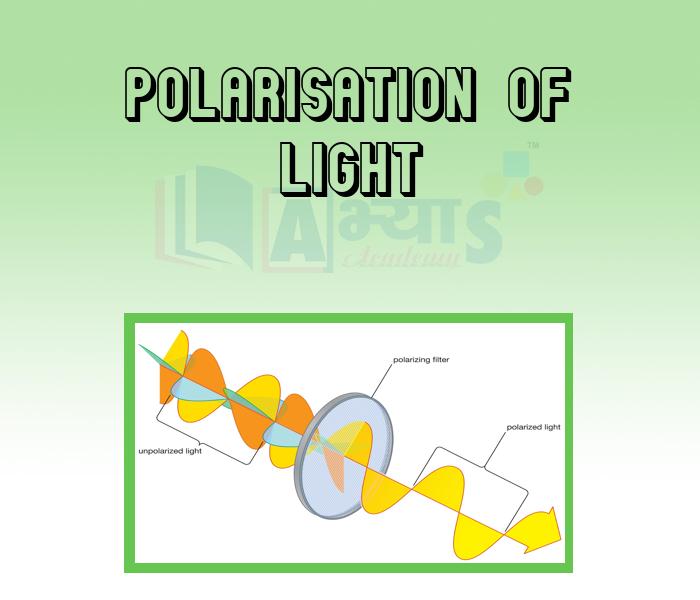Polarisation of Light





Polarisation of Light
Light is a transverse electromagnetic wave. Unlike a water wave which can only move up an down, a light wave can vibrate in any direction that is perpendicular (at right angles) to the direction of the wave. This means that the light has been polarised.
Polarising filters can be used to separate light waves according to their direction of vibration. For example, the vertical polariser absorbs most of the incident (unpolarised) beam and only transmits light waves that vibrate vertically. The light that passes through the filter is said to be "vertically polarised".
Polarising sunglasses contain polarising filters which absorb much of the incoming light energy, but allow enough light through for you to still see clearly.
You can test your sunglasses to see if they are polarised by holding another pair of polarised sunglasses in front of them. Rotate your sunglasses . If they are polarised, no light will pass through when the two pairs are perpendicular.
Polarisation can be used to create 3D effects in movies.
The process of transforming unpolarized light into the polarized light is known as __________ | |||
| Right Option : A | |||
| View Explanation | |||
The light that passes through the filter is said to be "_________________". | |||
| Right Option : A | |||
| View Explanation | |||
To separate light waves according to their direction of vibration ________ of the following object is used. | |||
| Right Option : C | |||
| View Explanation | |||
Students / Parents Reviews [10]
My experience with Abhyas is very good. I have learnt many things here like vedic maths and reasoning also. Teachers here first take our doubts and then there are assignments to verify our weak points.

Shivam Rana
7thI have spent a wonderful time in Abhyas academy. It has made my reasoning more apt, English more stronger and Maths an interesting subject for me. It has given me a habbit of self studying

Yatharthi Sharma
10thBeing a parent, I saw my daughter improvement in her studies by seeing a good result in all day to day compititive exam TMO, NSO, IEO etc and as well as studies. I have got a fruitful result from my daughter.

Prisha Gupta
8thIt has a great methodology. Students here can get analysis to their test quickly.We can learn easily through PPTs and the testing methods are good. We know that where we have to practice

Barkha Arora
10thIt was a good experience with Abhyas Academy. I even faced problems in starting but slowly and steadily overcomed. Especially reasoning classes helped me a lot.

Cheshta
10thMy experience was very good with Abhyas academy. I am studying here from 6th class and I am satisfied by its results in my life. I improved a lot here ahead of school syllabus.

Ayan Ghosh
8thAbhyas is a complete education Institute. Here extreme care is taken by teacher with the help of regular exam. Extra classes also conducted by the institute, if the student is weak.

Om Umang
10thAbout Abhyas metholodology the teachers are very nice and hardworking toward students.The Centre Head Mrs Anu Sethi is also a brilliant teacher.Abhyas has taught me how to overcome problems and has always taken my doubts and suppoeted me.

Shreya Shrivastava
8thIt was good as the experience because as we had come here we had been improved in a such envirnment created here.Extra is taught which is beneficial for future.

Eshan Arora
8thOne of the best institutes to develope a child interest in studies.Provides SST and English knowledge also unlike other institutes. Teachers are co operative and friendly online tests andPPT develope practical knowledge also.
